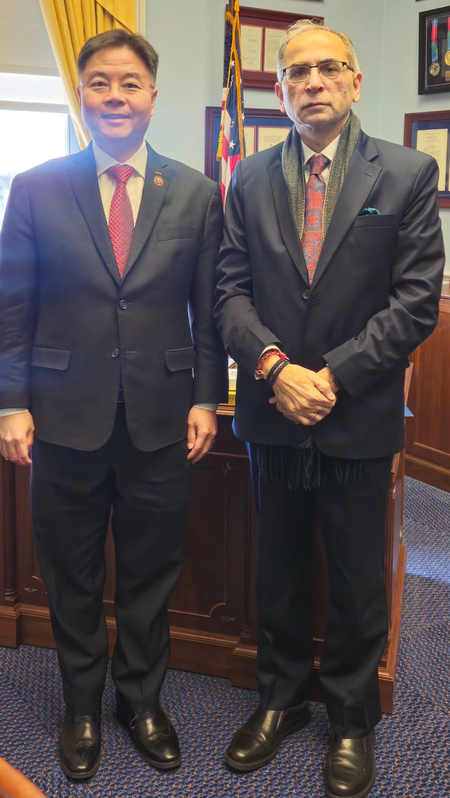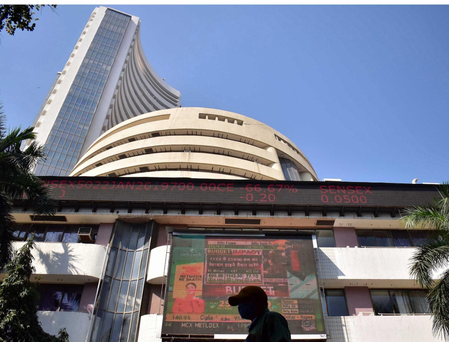
New Delhi, Oct 27 (IANS) Rural employment under MGNREGS witnessed a rapid increase in the last 10 years with 2,923 crore person days generated between FY 2014-15 to FY 2024-25, according to the data from the Ministry of Rural Development on Sunday.
As per government data, this is a 76 per cent increase in the last decade, from 1,660 crore generated between FY 2006-07 to FY 2013-14.
The Mahatma Gandhi National Rural Employment Guarantee Act 2005 (MGNREGA) aims at enhancing the livelihood security of households in rural areas of the country by providing at least 100 days of guaranteed wage employment in a financial year to every household whose adult members volunteer to do unskilled manual work.
Under Mahatma Gandhi National Rural Employment Guarantee Scheme (MGNREGS) direct benefit transfer (DBT), all payments to the workers are to be credited into their bank accounts. The crediting of payments is done using the Aadhaar number of the beneficiary with which the bank account is linked.
The major benefit of the Aadhaar Based Payment System (ABPS) conversion in MGNREGA is to minimise the rejection of transactions due to the frequent changing of accounts. Still, it also helps to maximise the performance of DBT. As of 26.10.2024, Aadhaar seeding has been done for 13.10 crore active workers, which is 99.3 per cent of total active workers (13.18 crore).
During the FY 2013-14, the Budget allocation was Rs 33,000 crore only at BE (Budget Estimates) stage which is Rs 86,000 crore during the current FY 2024-25, which is the highest since inception. Further, it is stated that in FY 2024-25 the minimum average notified wage rate has increased by 7 per cent.
According to the government, Job card verification is a continuous process under MGNREGS. This exercise is conducted by states/UTs with the help of the Aadhaar number as a tool for de-duplication. Job cards can be cancelled, after due verification, only if it is a fake job card.
As per NREGASoft, during the FY 2023-24, the total number of job cards deleted by the states/UTs was 1.02 crore, whereas, in the current FY 2024-25 as of 26.10.24, it is 32.28 lakh.
–IANS
avs/svn




